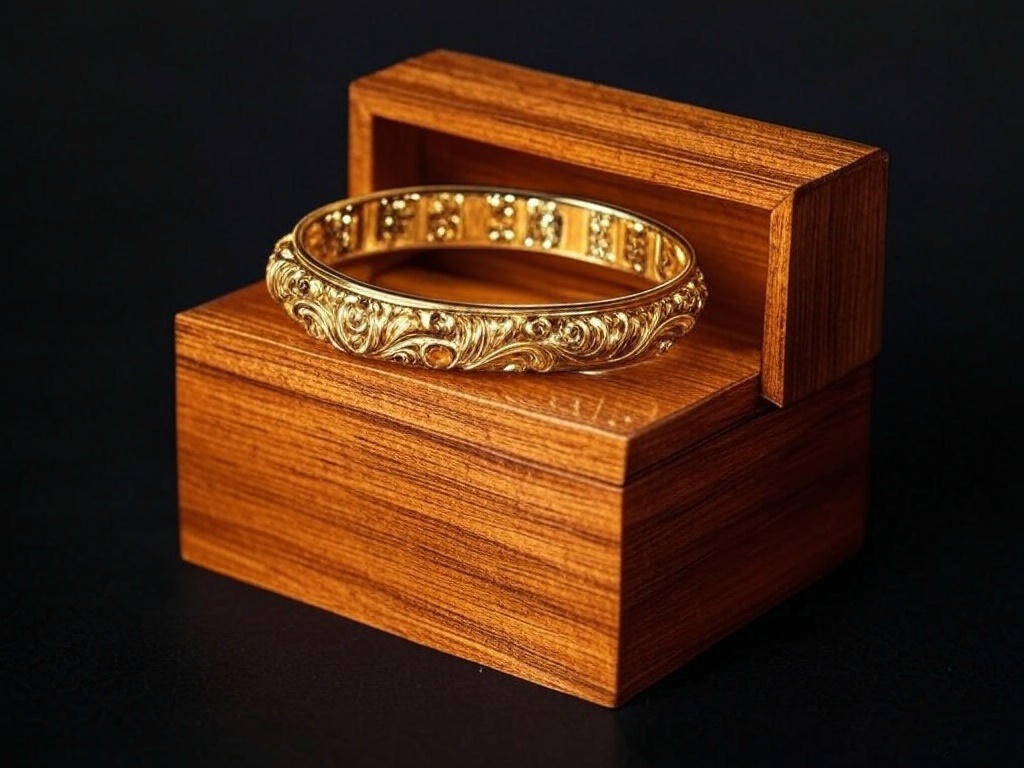Gold has captivated human civilization for millennia. From ancient empires to modern economies, it has symbolized power, prestige, and prosperity. But gold is not just a beautiful metal used in jewelry; it’s also a critical asset in finance, technology, and global trade. This article takes a deep look at gold — its history, value, uses, and future in a rapidly evolving world.
A Brief History of Gold
Gold’s allure dates back to 4000 B.C., when early civilizations in Eastern Europe first used it for decorative purposes. The Egyptians considered gold the flesh of gods, and it featured heavily in their tombs and religious rituals. Ancient Rome used gold coins as currency, and throughout history, wars were fought and empires built on gold.
The 19th century saw the rise of the Gold Standard, where currencies were backed by gold reserves. While the modern world has moved away from that system, gold continues to hold significant importance as a safe haven during economic uncertainty.

Why Is Gold So Valuable?
Gold’s value comes from several key properties:
-
Rarity: Gold is scarce, and mining it requires significant effort.
-
Durability: It doesn’t rust, tarnish, or corrode, making it ideal for storing wealth.
-
Malleability: Gold can be shaped into thin sheets or intricate designs.
-
Universal Acceptance: Gold is accepted globally as a store of value and has no counterparty risk.
During times of inflation, market crashes, or geopolitical tensions, investors often flock to gold to preserve their wealth.
Modern Uses of Gold
While most associate gold with jewelry and wealth, it has a wide range of modern applications:
-
Jewelry (50%) – Gold’s luster and status make it the top metal for high-end jewelry worldwide.
-
Investments (40%) – Coins, bullion, ETFs, and central bank reserves make up a large chunk of demand.
-
Technology (10%) – Gold is used in electronics, dentistry, and aerospace for its conductivity and resistance to corrosion.
- Medicine – Gold-based drugs are used in treating conditions like arthritis and certain cancers.

Gold in Fashion and Culture
Luxury brands incorporate gold into their designs to signal exclusivity and timelessness. Watches with gold casing, handbags with gold-plated hardware, or clothing lined with golden threads are statements of style and power. Gold also plays a major role in wedding traditions, particularly in Asian and Middle Eastern cultures.

Investing in Gold: Is It Still Worth It?
Gold has long been a hedge against inflation and currency devaluation. There are several ways to invest:
-
Physical Gold: Coins, bars, and jewelry.
-
Gold ETFs & Mutual Funds: Track the price of gold.
-
Gold Mining Stocks: Shares in companies that produce gold.
-
Digital Gold: New platforms allow gold ownership via blockchain technology.
Gold doesn’t yield interest like stocks or bonds, but it provides stability in volatile markets.
The Future of Gold
In an era dominated by cryptocurrencies and digital finance, gold continues to hold its ground. In fact, many experts see gold and Bitcoin coexisting — one as the “digital gold” and the other as the original store of value. Central banks continue to stockpile gold as a reserve asset, reaffirming its enduring importance in global finance.

Final Thoughts
Gold is more than just a metal — it’s a legacy. Its unmatched combination of beauty, scarcity, and utility ensures that it will remain valuable for generations to come. Whether you’re wearing it, investing in it, or simply admiring its shine, gold will always represent the eternal standard of wealth.

